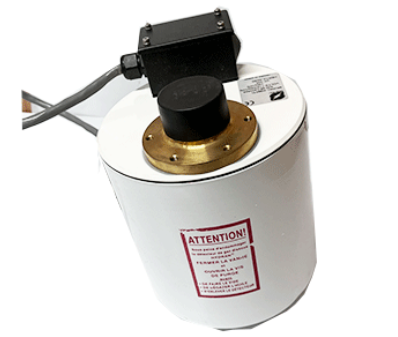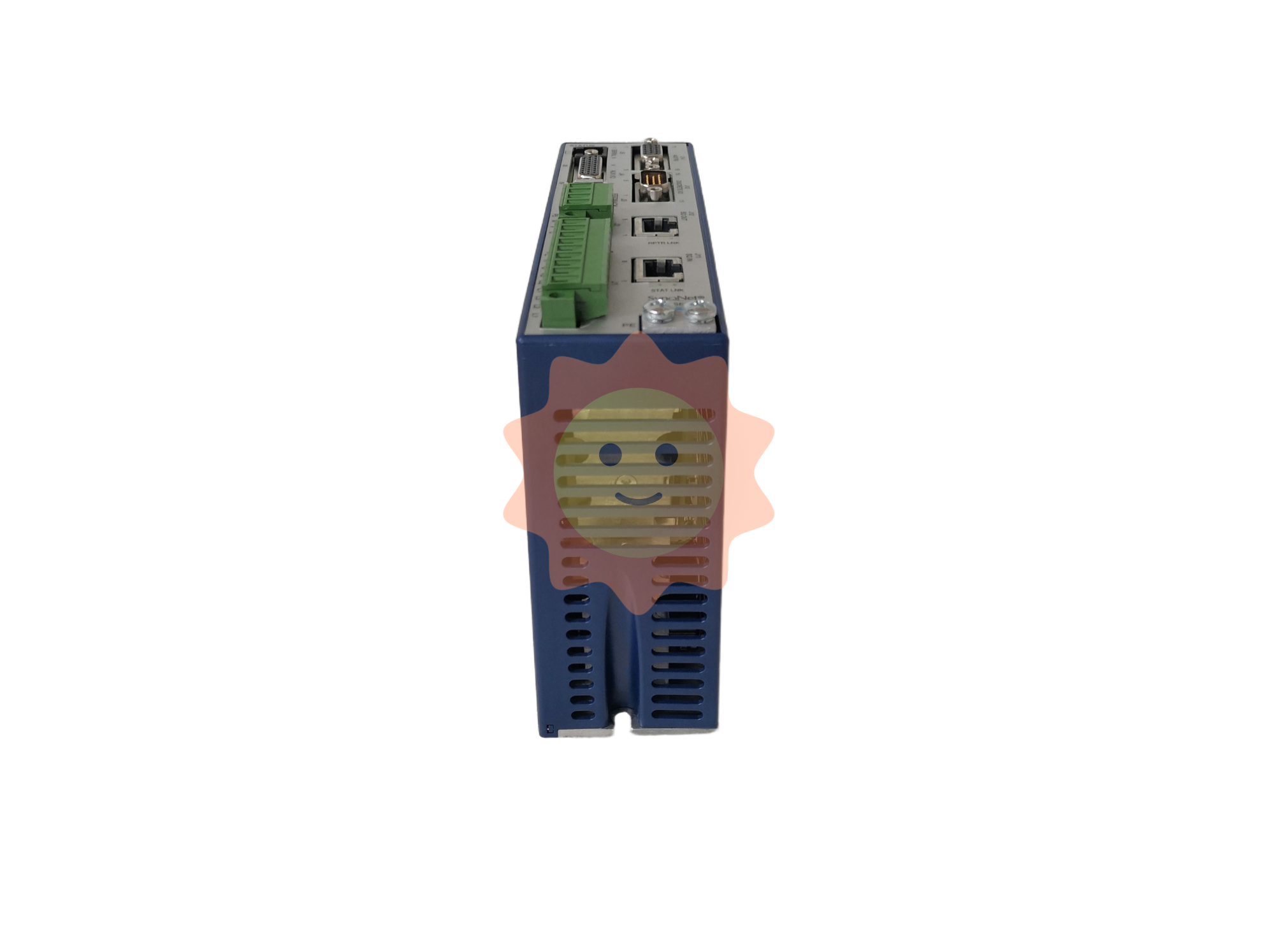Recent developments in nanomaterials in care products
Consumers have purchased products that contain nanoparticles, which can cause intentional or unintentional inhalation (nanoparticles) when used. The impact of inhaling nanoparticles on human health has attracted attention mainly through case reports of occupational exposure risks in certain positions.
The effects of inhaling aerosols containing nanoparticles on human health have mainly been studied through case reports of occupational exposure risks. There are reports that after the human body inhalation of Ag, it can lead to silver poisoning. However, this has not been proven. In studies where workers making nano silver were exposed to Ag concentrations ranging from 3.5×10-4 to 1.35×10-3 mg /m3, inhalation data of nano TiO2 were well documented in pigment factories.
In one study, workers were exposed to anatase and rutile TiO2 simultaneously while performing common work tasks (research, micronization, and calcination). The average aerosol concentration at this time was 1.98×104 particles /cm3(or 0.65 mg /m3), of which 70%-82% were nano-sized. Breath coagulation (EBC) measured by workers showed an increased concentration of 24.1±1.8µg/L of titanium, a lower pH, and an increased concentration of leucotrienes, no detectable titanium in urine, and no significant changes in respiratory function or allergy symptoms.
In the earlier study, no significant changes were observed in respiratory function and metal smoke fever symptoms after continuous inhalation of 0.5 mg /m3 or 4.6×107 particles /cm3 of ultrafine ZnO particles for 2 hours. A recent study of human volunteers reported that inhalation of 1 mg /m3(2×106 /cm3) ZnO particles for 4 hours showed a dose-dependent increase in blood inflammatory markers, reactive proteins, and serum amyloid A.

Note that the conditions involved in this study are two orders of magnitude larger than the concentration (3.4×104 particles /cm3) and exposure time (1 minute per session) expected for the use of nano cosmetic powder.
While it should be ideal to study both short-term and long-term toxicity data, current studies in humans only involve short-term exposure, and long-term exposure studies are limited to animals. In addition, personal care products containing nano-components do not have such monitoring of use after marketing. Therefore, further research is needed to predict the consequences of long-term low dose human exposure to nanocomponents.
Data from rodent studies indicate that, in the long term, nanomaterials show toxic effects on their reproduction and development. However, the concentrations of nanomaterials used in these studies were significantly higher than expected in personal care products. Many of the studies reviewed here investigated the acute effects of using personal care products on the market. The effects of personal care formulations on the toxicity of nanomaterials are often not studied in animal experiments. In contrast, animal studies have mostly reported toxicity from a single component, while nanoparticles are usually dispersed in water or in a carrier.
Therefore, more research on the toxicity of product mixtures is necessary to better understand, for example, how interactions between different inorganic and organic active ingredients contained in products such as sunscreens and cosmetics may cause photoirritation or photoanaphylaxis.
Toxicity tests for individual substances typically cost between $70,000 and $4.5 million; Therefore, if the data collected by the industry is published or made available in a common repository, the use of resources can be optimized.
In addition, there has been much discussion about whether new testing methods are needed to assess the toxicity of nanoparticles. Although standardized methods developed like the OECD test are generally accepted for relevant testing of nanomaterials, few organizations report using these methods. Standard operating procedures are important for the consistency of nanotoxicological data. In addition to standardization, common concerns in toxicological studies of nanomaterials include lack of adequate physicochemical properties, lack of use of positive controls, inadequate dose quantification, and lack of in vivo confirmation of in vitro results. The U.S. Food and Drug Administration (FDA) has not indicated which testing methods it considers appropriate to determine the safety of nanoscale ingredients in cosmetics.
In Europe, cosmetic regulations prohibit the use of animal testing to evaluate chemicals used only in cosmetics. This ban has stimulated the use of silicon, chemical and in vitro methods. Future tests will reveal the relevance of the data generated by these alternative methods to reactions in humans.
Sustainability of nanomaterials for personal care products
The sustainable development of nanoscale personal care products affects the long-term prospects of the industry and thus the circumstances and ways in which consumers are exposed to nanomaterials. The literature defines sustainability as broadly encompassing three areas important to long-term industrial development: the environmental domain, the social domain and the economic domain.

Negative consequences in each area should be continuously minimized throughout the development lifecycle, which Lapkin et al break down into three phases of development: (1) early route selection; (2) early process selection; (3) Process optimization. Nano-cosmetics already on the market are still in the research and development stage (3). In addition to the process development life cycle, the entire product life cycle should be considered according to the ISO definition of "cradle to cradle" product life cycle, which includes: raw material procurement, product manufacturing, product utilization, and end-of-life recycling/disposal. Among them, the product utilization stage has the most direct impact on consumer safety.
"Safety optimization for consumers" is part of the social dimension of sustainable development. When manufacturers determine which nanomaterials can safely enter the cosmetic market, the assessment of exposure and toxicity can be reflected in the stages of developing the life cycle framework, according to Lapkin et al. However, exposure assessment is limited by non-standardized indicators and inadequate labelling of nanomaterials in personal care products. Toxicity assessments are largely limited to animal studies, and these limited exposure data prevent toxicity studies from focusing on specific risk points for consumers.
The limitations of these exposure and toxicity studies may be attributed to the chemical complexity of nanomaterials. Miseljic et al. explain that ecotoxicological evaluation of nanoscale personal care products is particularly difficult because the geometry, electrochemical properties, and agglomeration effects of nanoparticles are different in different environments. Nuances in the chemistry of nanomaterials determine the subsequent interaction with cosmetic media, which drives the release of nanomaterials from personal care products in different environments. This complexity undermines the mitigation of previously levelling risks for consumers because it complicates the prioritization of exposure points in toxicity studies.
The study by Miseljic et al. shows that data in specific cases requires the study of specific product types and use environments. Botta et al. did this by studying nanoscale TiO2 released from 1.5g sunscreen centrifuged in 250 ml of Milli-Q ultra-pure water for 48 hours. The results showed that about 20% to 40% of the nanoparticle colloids in the sunscreen were dispersed after aging, while the sunscreen contained 0.96% to 30% TiO2 colloids, which were tightly clustered in the organic phase where the dispersed sunscreen colloids existed. Since this change in TiO2 affects aquatic organisms differently than pure titanium dioxide, more toxicity studies are needed and a thorough ecotoxicological analysis of TiO2 sunscreens is required.
In addition, although Botta et al. looked specifically at the release of nanoparticles from cosmetics into water, Keller et al. estimated that a large percentage of nanomaterials in cosmetics are actually released into landfills (36%-43%) and soil (24%-36%), rather than water (28%-32%). Because nanomaterials are highly sensitive to relevant chemical reactions, decisions to optimize sustainability must take into account the specific chemical environment. Therefore, more experiments similar to those by Botta et al are needed to investigate the release mechanisms of nanomaterials in the various environments mentioned by Keller et al.

We suggest that the social dimension of sustainable development could also be better understood by considering other areas of sustainable development - the economy and the environment. While the environmental and economic areas may initially seem relevant only to manufacturers, it is important not to underestimate their importance to consumer safety.
Manufacturers producing nanomaterials for personal care products are scaling up for economic and environmental sustainability, and this business decision determines which nanomaterials can be used as part of personal care products and will eventually reach consumers. Table 6 lists important factors that compare the viability of existing and emerging nanomaterials production processes.
To better understand the impact of nano personal care products on manufacturing sustainability, we consider Table 6 from two important perspectives. First, we must compare how ingredients from the micron scale to the nanoscale (or from organic-based personal care products to inorganic nanometry-based personal care products) quantitatively affect the six areas in Table 6.
Second, we must compare how the different synthesis routes of each nanomaterial affect these six domains. An accurate quantitative analysis of the former comparison requires manufacturers to provide information about the production of personal care products, including products with/without nanocomponents. If nanoproducts can be produced simply by adding nanomaterials to the basic product formulation, then by default the production of nanoproducts will prove unsustainable. However, if the fabrication of nanoproducts requires an inherently unique fundamental formula, then the six areas in Table 6 will be systematically and quantitatively analyzed.
Thakur attempted to quantify the environmental impact and energy use of a commercially produced 1kg sunscreen lotion containing Ocrilene, Avobenzone or nano TiO2 as a UV blocker by comparing environmental impact and energy use using the impact assessment tool TRACI.
In addition to providing total energy demand, TRACI estimates also provide standardized scores for seven impact categories: (1) ozone depletion; (2) Climate change; (3) Acidification; (4) eutrophication; (5) Smoke formation; (6) Human health effects; (7) Ecotoxicity. The results showed a big difference in the effectiveness of sunscreen compared to actual sunscreen products. For sunscreen products, nanoscale TiO2 requires more energy (2.1 MJ) than Ocriline (0.3 MJ) and Avobenzone (0.5 MJ).
However, the final production of a sunscreen containing nano TiO2 used less energy (2.5 MJ) than a sunscreen containing Ocrilene and Avobenzone (4.3 MJ). Considering the energy required to manufacture UV-blocking agents and final sunscreen products, nano sunscreen products are considered to be more sustainable due to their lower energy requirements.
Thakur's analysis was limited, however, because he focused on only one of the many commercial titanium dioxide production processes. The new synthetic route proposes greater sustainability, for example: Middlemas et al report that TiO2 production by alkaline roasting of titanium dioxide slag requires less (10%-15%) cumulative energy demand than the two most common commercial TiO2 production methods. Plant-based methods have also been developed that require very little energy and renewable resources. Analyses that focus solely on environmental impact and total energy use lack other key industry indicators such as production, waste generation and solvent use. Mercado et al. proposed 66 environmental indicators, 26 efficiency indicators, 33 economic indicators and 15 energy indicators for study.

A similar situation exists for other nanomaterials in personal care products. Due to the high demand for multipurpose (antibacterial, electrochemical and photocatalytic) properties of silver, the possible synthetic routes of Ag nanoparticles have been extensively documented. Ag nanoparticles prepared by non-toxic polymer coating reduction method have certain advantages in cosmetic applications because of their protective effect. Other methods for preparing Ag nanoparticles include the lactic acid sol-gel method.
In addition, plant extracts are also considered a green alternative to traditional synthetic chemistry. These plant-based processes reportedly produce less waste, require less energy, and make use of existing natural resources. Mashwani et al. reviewed the literature on the synthesis routes of 69 plant-based Ag nanoparticles and reported that the reduction of AgNO3 to produce Ag was optimized under mild conditions (neutral pH, ambient temperature/pressure).
As can be seen from the sustainability factors in Table 6, the practicability of collecting plant material on a large scale for commercial production of Ag nanoparticles must be considered for this plant-based approach. This will require further evaluation of the resources required for commercial plant farms as raw material ZnO production, as well as the comprehensive investigation of commercial and experimental methods of zinc oxide production proposed by Koloodziejczak Radzimska and Teofil Jesionowski.
The French process has been approved by ISO 9298 and is one of the most widely used on an industrial scale. It includes the oxidation of metal zinc, after melting and evaporation above 900 ° C. The purity of zinc oxide produced by this process is 99.5%, and the surface area and shape of the particles can be adjusted by changing the reaction parameters (heating temperature, oxygen content, etc.). The process must be evaluated quantitatively, but this needs to be weighed against the sustainability involved in the specific parameters that ZnO manufacturers use in the supply chain of personal care products - ideally. While quantitative analysis is beyond the scope of this review, the results will allow us to determine what the most sustainable synthetic route is for ZnO nanoparticles compared to other cosmetic nanomaterials with similar properties.
This will therefore allow us to predict which nanomaterials are more likely to impact consumers as part of a final personal care product. By identifying the most beneficial nanomaterials, subsequent exposure and toxicity analyses can then strategically target these sources to assess their safety risks to consumers.

Naidu et al. propose an alternative approach to sustainability analysis through the U.S. Environmental Protection Agency's Waste Reduction Algorithm, an environmental impact tool similar to TRACI, but with key process metrics such as yield, unit cost, material procurement, waste generation, and nanomaterials recycling. Three preparation processes of silica nanoparticles were sorted by Naidu decision analysis algorithm.
In the context of nanoscale personal care products, NAIADE analysis can be used repeatedly, first to assess the sustainability of the nanomaterial manufacturing process, and then also for the analysis of final consumer products containing nanomaterials. This approach may be limited by manufacturers' reluctance to disclose proprietary formulation data. Windsor et al. recently reviewed a variety of other criteria decision analysis methods.
Salieri et al. listed 35 articles and performed life cycle analysis of prepared Ag, ZnO or TiO2 nanoparticles. When supplemented with existing exposure data, toxicity data, and environmental/economic sustainability data, the literature provides a more complete picture of how the three areas of sustainability directly and indirectly affect consumer safety.
- EMERSON
- Honeywell
- CTI
- Rolls-Royce
- General Electric
- Woodward
- Yaskawa
- xYCOM
- Motorola
- Siemens
- Rockwell
- ABB
- B&R
- HIMA
- Construction site
- electricity
- Automobile market
- PLC
- DCS
- Motor drivers
- VSD
- Implications
- cement
- CO2
- CEM
- methane
- Artificial intelligence
- Titanic
- Solar energy
- Hydrogen fuel cell
- Hydrogen and fuel cells
- Hydrogen and oxygen fuel cells
- tyre
- Chemical fiber
- dynamo
- corpuscle
- Pulp and paper
- printing
- fossil
- FANUC
- Food and beverage
- Life science
- Sewage treatment
- Personal care
- electricity
- boats
- infrastructure
- Automobile industry
- metallurgy
- Nuclear power generation
- Geothermal power generation
- Water and wastewater
- Infrastructure construction
- Mine hazard
- steel
- papermaking
- Natural gas industry
- Infrastructure construction
- Power and energy
- Rubber and plastic
- Renewable energy
- pharmacy
- mining
- Plastic industry
- Schneider
- Kongsberg
- NI
- Wind energy
- International petroleum
- International new energy network
- gas
- WATLOW
- ProSoft
- SEW
- wind
- ADVANCED
- Reliance
- YOKOGAWA
- TRICONEX
- FOXBORO
- METSO
- MAN
- Advantest
- ADVANCED
- ALSTOM
- Control Wave
- AB
- AMAT
- STUDER
- KONGSBERG
- MOTOROLA
- DANAHER MOTION
- Bently
- Galil
- EATON
- MOLEX
- Triconex
- DEIF
- B&W
- ZYGO
- Aerotech
- DANFOSS
- KOLLMORGEN
- Beijer
- Endress+Hauser
- MOOG
- KB


Email:wang@kongjiangauto.com
























































































